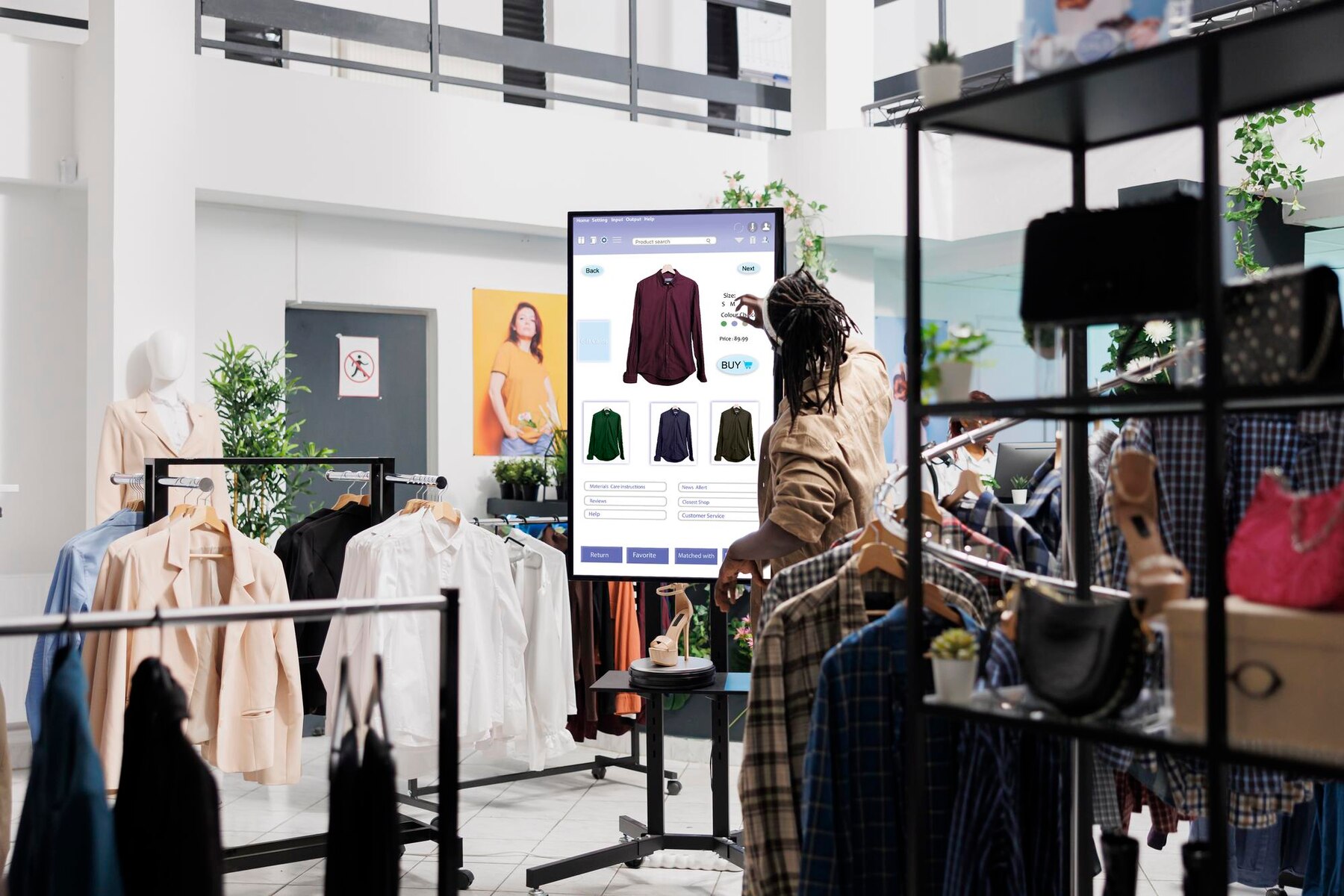In the ever-evolving world of retail, staying ahead of the curve is vital for businesses looking to thrive. One innovative tool that’s transforming the retail landscape is digital signage. These dynamic, attention-grabbing displays are taking traditional signage to the next level, enhancing the customer experience, boosting sales, and redefining the way retailers communicate. In this blog post, we’ll explore the myriad benefits of using digital signage in the retail industry.
1. Captivating Visual Impact:
Digital signage is all about making a striking first impression. Instead of static, lifeless posters or banners, digital displays offer high-definition visuals, vibrant colors, and engaging animations that immediately capture the attention of shoppers. With eye-catching content, retailers can create a memorable in-store experience.
2. Real-Time Updates and Flexibility:
Unlike traditional signage that requires manual replacement, digital signage allows retailers to update content in real-time. This flexibility enables you to react swiftly to changing circumstances, such as pricing updates, new product releases, or seasonal promotions. It’s a game-changer in the fast-paced retail industry.
3. Enhancing the Customer Journey:
Digital signage contributes to a more seamless and immersive customer journey. Retailers can use these displays strategically to guide shoppers, provide information about products, and offer in-store navigation. It also helps create a more interactive shopping environment.
4. Personalization and Targeting:
Digital signage makes it easy to personalize content and tailor messages to specific demographics or customer segments. By using data and analytics, retailers can target their audience with relevant promotions, which increases the likelihood of conversion.
5. Improved Brand Awareness:
Branding is a fundamental aspect of any retail business. Digital signage allows you to reinforce your brand identity through consistent messaging and visuals. Every element, from color schemes to typography, can reflect your brand’s personality and values.
6. Cost-Effective Advertising:
While the initial setup cost of digital signage may be higher, it ultimately leads to savings. You can reduce printing and distribution expenses associated with traditional signage. Plus, you’ll be better equipped to measure the ROI of your advertising efforts.
7. Cross-Promotion and Cross-Selling:
Digital signage creates opportunities for cross-promotion and cross-selling. For instance, if a customer is browsing for jeans, you can use the display to suggest complementary items like shoes or accessories, boosting sales and enhancing the shopping experience.
8. Gathering Customer Feedback:
Interactive digital signage can serve as a valuable tool for collecting customer feedback. Retailers can use touch-screen displays to conduct surveys, gather insights, and tailor their offerings based on customer preferences.
9. Integration with Social Media:
You can harness the power of social media by integrating it into your digital signage strategy. Feature user-generated content, display social media feeds, and promote engagement by encouraging shoppers to share their in-store experiences online.
10. Data Analytics:
Digital signage provides valuable data on customer interaction. Retailers can track which content is most popular, how long customers engage with displays, and what influences their buying decisions. This data-driven approach helps optimize content and improve marketing strategies.
In conclusion, digital signage is revolutionizing the retail industry by providing a dynamic and cost-effective solution to engage with customers, improve brand visibility, and drive sales. In an era where consumers expect personalized and interactive experiences, digital signage helps retailers deliver on those expectations. By harnessing the power of this technology, retailers can differentiate themselves in a competitive market and create a shopping environment that truly resonates with today’s consumer.

